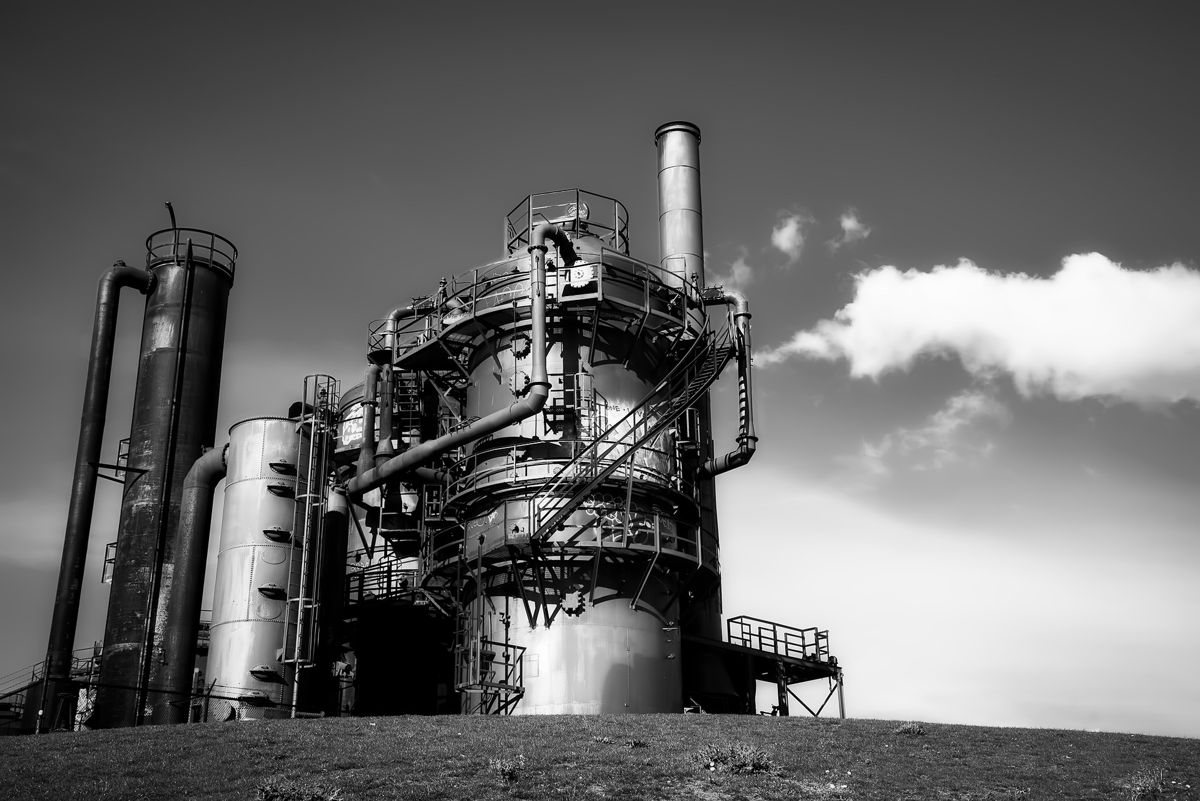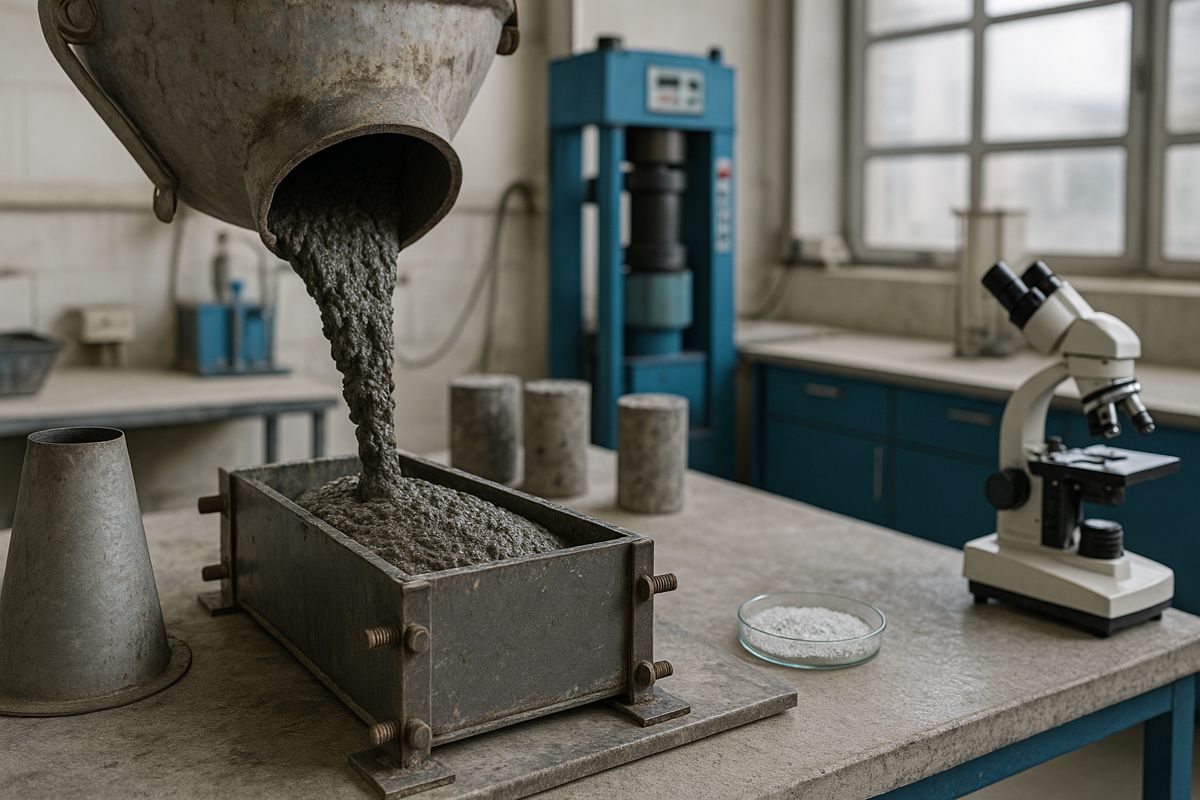The Other Renewables that are key to meeting Climate Goals
In the quest to reduce fossil fuel consumption in the face of climate change, renewable energies offer an attractive path forward. Electrification based on wind and solar get a lot of attention. In fact, the Biden administration has said that fully 50% of the electric grid should be energized by solar alone by 2050. The idea misses the bigger picture available to us today.
To meet the world’s urgent climate goals and escalating energy demands we must deploy a diverse and comprehensive set of solutions that include a group of lesser-known renewables. In 2020, more than 60% of U.S. electricity was generated by fossil fuels. The U.S. is not moving fast enough or bringing all low-carbon solutions to the table to make the significant impact needed to avert climate-related catastrophes.
A group of other renewables –– renewable propane, renewable natural gas, and renewable dimethyl ether –– are poised to accelerate decarbonization and revolutionize the energy industry. These energy sources offer a 3D advantage – dollars, density and decarbonization – a combination that is overlooked and under-appreciated today. Without all three being taken into consideration, however, the world is destined to provide an inadequate response to global warming.
Renewable natural gas (RNG) is a biogas produced from municipal solid waste landfills, livestock farms, food production facilities and organic waste management operations. Because RNG can be distributed through existing gas pipelines and building infrastructure, it is a scalable, low-cost way to offer renewable energy for homes and businesses.
Renewable propane is made from organic oils and fats such as distillers corn oil, soy oil and used cooking oil. Combining hydrogen with carbon from these oils and fats results in a mixture of short-chain hydrocarbons which can be distilled into renewable propane. Renewable propane is molecularly identical to its conventional counterpart, so it can be used with existing tanks and equipment without costly infrastructure conversion.
Currently, renewable propane commercial production plants are under development around the world. In the Netherlands, Neste Corporation plans to produce about 160,000 metric tons of renewable propane over a four-year period, which will be used for transportation applications in Europe. Louisiana’s REG Geismar is currently the only refiner of renewable propane, but Phillips 66 recently announced that it plans to convert a California refinery to produce renewable fuels including biodiesel and renewable propane. More than a dozen renewable fuel refineries are operating across the U.S. that could upgrade operations to capture renewable propane.
Renewable dimethyl ether (rDME) is a promising complement to renewable propane. Conventional DME is widely used today as a nontoxic propellant in aerosol canister. Today, it is being blended with propane creating a high-density, ultra-low carbon renewable energy for a wide variety of uses that do not require connectivity to the electric grid.
By producing rDME from biogas captured from manure lagoons, farms avoid the release of substantial volumes of methane and carbon dioxide. Surprisingly, blending rDME with propane and renewable propane yields a zero-carbon fuel that can be used in any existing propane application with no equipment modifications.
As the renewable energy sector scales and innovates, additional low-carbon alternatives will become available. For example, Neste is exploring the promise of green hydrogen — created using renewable electricity to split water molecules. The challenge is that hydrogen is always found in a chemical bond with some other element, never on its own, so it must be split, which requires a serious amount of energy and cost.
When we think renewables, let’s think about a range of renewable energy options. We don’t have to wait decades to see the benefit that all renewables bring. Like renewable propane blended with renewable DME, these climate-friendly energies are available to us now and can accelerate our path toward a low-carbon future. By moving beyond the “wind and solar only” narrative and embracing a range of renewables, we can quickly decarbonize entire sectors – shipping, long-haul heavy-duty trucking, and more. It’s time to put all solutions to work to meet the urgency of this climate change moment.
Article by Tucker Perkins, President and CEO of the Propane Education & Research Council.




















